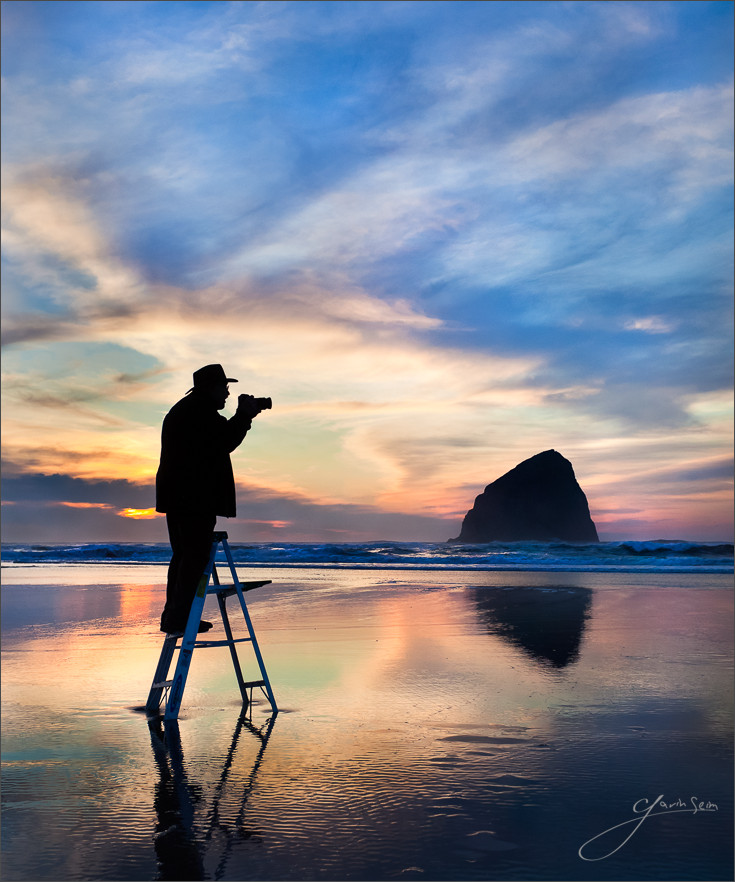
by: Gavin Seim. Tone mapping and image processing without tone control is like having a lens without focus. It’s nothing new. Good shadows & contrast make an image. Without them we often get what I call the Flickr HDR. And trust me, you don’t want that 😉
Leveraging tone to keep the subject the subject and the supporting cast, supporting, is critical. Good tone control is what separates the men from the boys in the world of imaging and we can’t talk about it too much. I think we sometimes get distracted with the latest techniques. But generally they’re not really that new. They’re just new ways of doing things people have done on film for decades. Take HDR. On film, every image you made was HDR if you managed your light and processing well.
So then HDR. It’s not a style and it’s not judged on how many images you use, or whether you tonemap in Photomatix or Nik. It’s simply the management of a high range of light. You can do that with film, layers, tonemapping, channel mixing, brushes or in the camera.
In this example of a three exposure tone mapped image, you can see how much work I had to do to reign in the tone values. A tonemapped merge shows this more than a single file would. It tends to push everything to mid tones. After which, those tones have to be managed. Either that or you have mid-tone chaos. This is one reason I often manage dynamic range manually with layers, rather than tonemapping, but both are fine as long as you have a plan.
What I’m getting at is that an image must have a subject. Just one. Everything else needs to support that and it doesn’t matter if you have a single RAW or a tonemappped HDR with loads of range. Tonal control helps the eye focus. Without that focus you’ll nearly always have an image failure.
I’ve studied tone for years now with the legendary Ken Whitmire and even more on my own. It’s taught me to see light. Not simply that there is light. But what it’s doing for me. I see a lot of potentially great images that fail without any tone control. It generally means no cohesive subject. No one is talking much about tone. But if you do it right, the viewers eye is lead right to the subject, every time, no matter how many elements are in the scene.
Using the Zone System really helps with this as it quickly teaches you to manage tones better and make things as good as they can be in camera. See this article. On the editing side often a burn & dodge, brushes, or layering of lighter and darker frames makes the diffence. The bottom line is that while there is no rule on how we control tone, it must be done if we want a focused image that draws the viewers eye and showcases our subject.
This is something I go into at great length in my Lights & Shadows workshop and my EXposed DVD. But the main thing is to keep working with it. Cameras, the latest software and the latest techniques are useful things to study. But tone control is timeless and is never superseded. Without it we can expect our images to fail or to be little more than snapshots. Every time.
Happy tones… Gavin Seim




